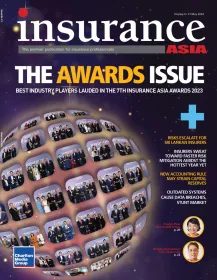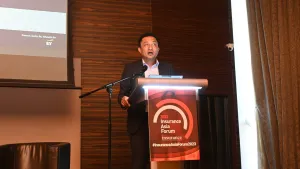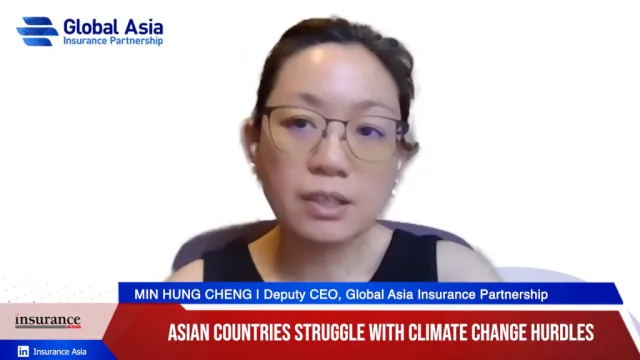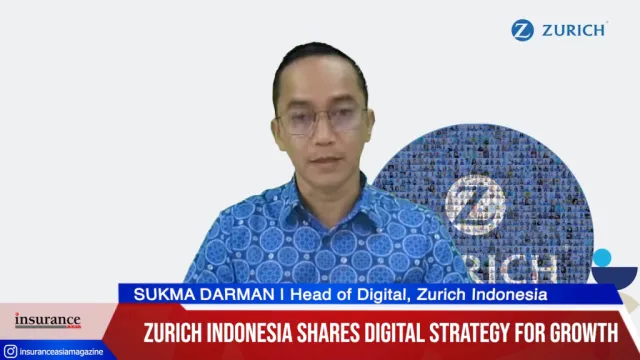
Risk professionals and strong financials are needed for reinsurance volatility
Risks in the reinsurance market are evolving, forcing the industry to innovate and leverage technology.
Expectations suggest a modest uptick in real average annual growth, though slightly below the levels witnessed from 2020 to 2022, according to Munich Re.
The epicentres of future growth are anticipated to emerge in the Asia-Pacific and Latin America regions.
Data sourced from AM Best and Guy Carpenter reveals that reinsurance capital, following a dip in the preceding year, is poised to ascend once more, projected to reach a substantial $461b in 2023 (compared to $434b in 2022, when adjusted for equity effects influenced by interest rate fluctuations).
Reinsurance capital serves as a pivotal gauge for available reinsurance capacity. Meanwhile, the market for alternative risk transfer has remained relatively stable, with capital investments hovering around the $100b mark.
Notably, there has been a noticeable shift within this market towards catastrophe bonds.
Precision in estimating inflation's trajectory remains paramount for insurers and reinsurers. In the recent past, inflation has outstripped expectations, nearly doubling projections for 2021 and 2022.
While inflation has started to recede, it is projected that average consumer price inflation in developed nations will likely persist above central banks' 2% targets in the coming years, surpassing the rates of previous years.
The uncertainty surrounding this scenario is substantial, with elevated inflation rates presenting a more probable risk than more modest price increases.
Simultaneously, risks in the reinsurance landscape are evolving. Natural hazards are a prime example, with severe thunderstorms, tornadoes, and hail in the United States alone causing staggering losses of $35b in the first half of 2023, of which $25b were insured.
Such magnitudes are now increasingly commonplace, resembling the outcomes typically associated with major hurricanes. Scientific research indicates that climate change is driving an uptick in severe thunderstorms.
Market loss data mirrors this trend, with rising losses from such events evident not only in Europe but also in non-peak perils like wildfires and flash floods worldwide.
In response to this dynamic market environment and evolving risk landscape, investments are deemed necessary to enhance (re)insurability. These investments encompass:
- Expanding Risk Modeling: Developing high-definition models to better assess the escalating risks associated with natural hazards.
- Climate-Friendly Energy Technology: Allocating resources and expertise to innovative and complex insurance coverage for climate-friendly energy technologies, particularly in renewable energy and grids.
- Leveraging Data and Technology: Embracing data and technology to remain competitive. Munich Re, for instance, is heavily investing in artificial intelligence, specifically generative AI.
ALSO READ: Less than half of APAC’s natural disasters were insured in the first semester 2023: Munich Re
How Munich Re manages risk and underwriting
Stefan Golling, a member of the Board of Management responsible for Global Clients and North America, underscores the critical role of risk and underwriting expertise for Munich Re:
Understanding the evolving risk landscape, such as rising exposure values and the impact of climate change, is pivotal for offering extensive underwriting capacity. Despite substantial market losses, Munich Re has maintained its loss ratio as planned, proving the value of its natural catastrophe business.
The US has seen a significant rise in damages awarded in court cases, posing challenges for long-tail liability covers. Effective limit management, proactive loss management, and investments in data and analytics are essential to address this issue.
Increasing social imbalances, populist movements, and disruptions from the COVID-19 pandemic have raised political risks globally. Transparent policy wording and appropriate coverage measures are vital for insurability.
Economic losses from cyber attacks are expected to triple by 2027. The cyber insurance market is set to grow substantially, with Munich Re leading the way.
However, some risks, like attacks on critical infrastructure and cyber warfare, will remain uninsurable.











 Advertise
Advertise












